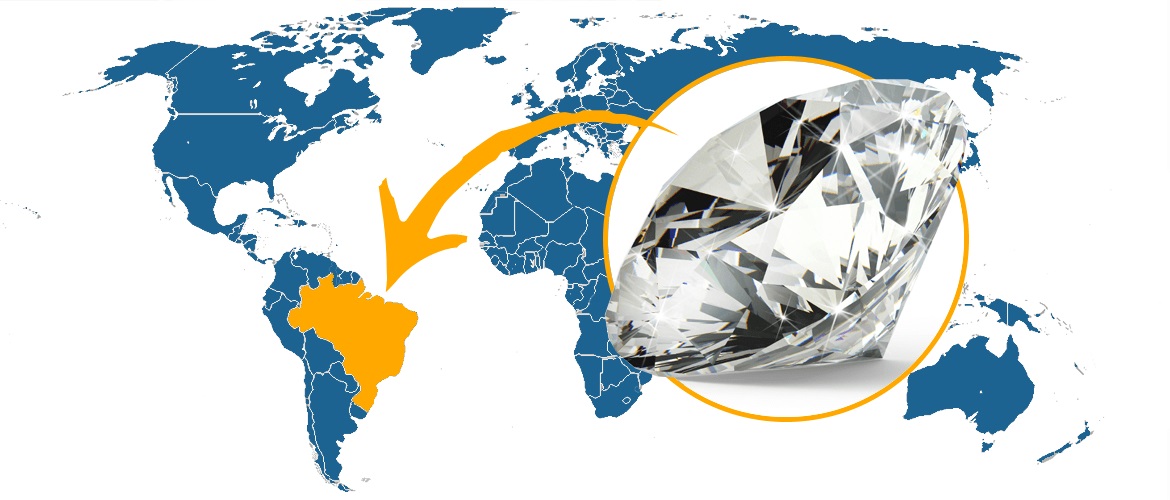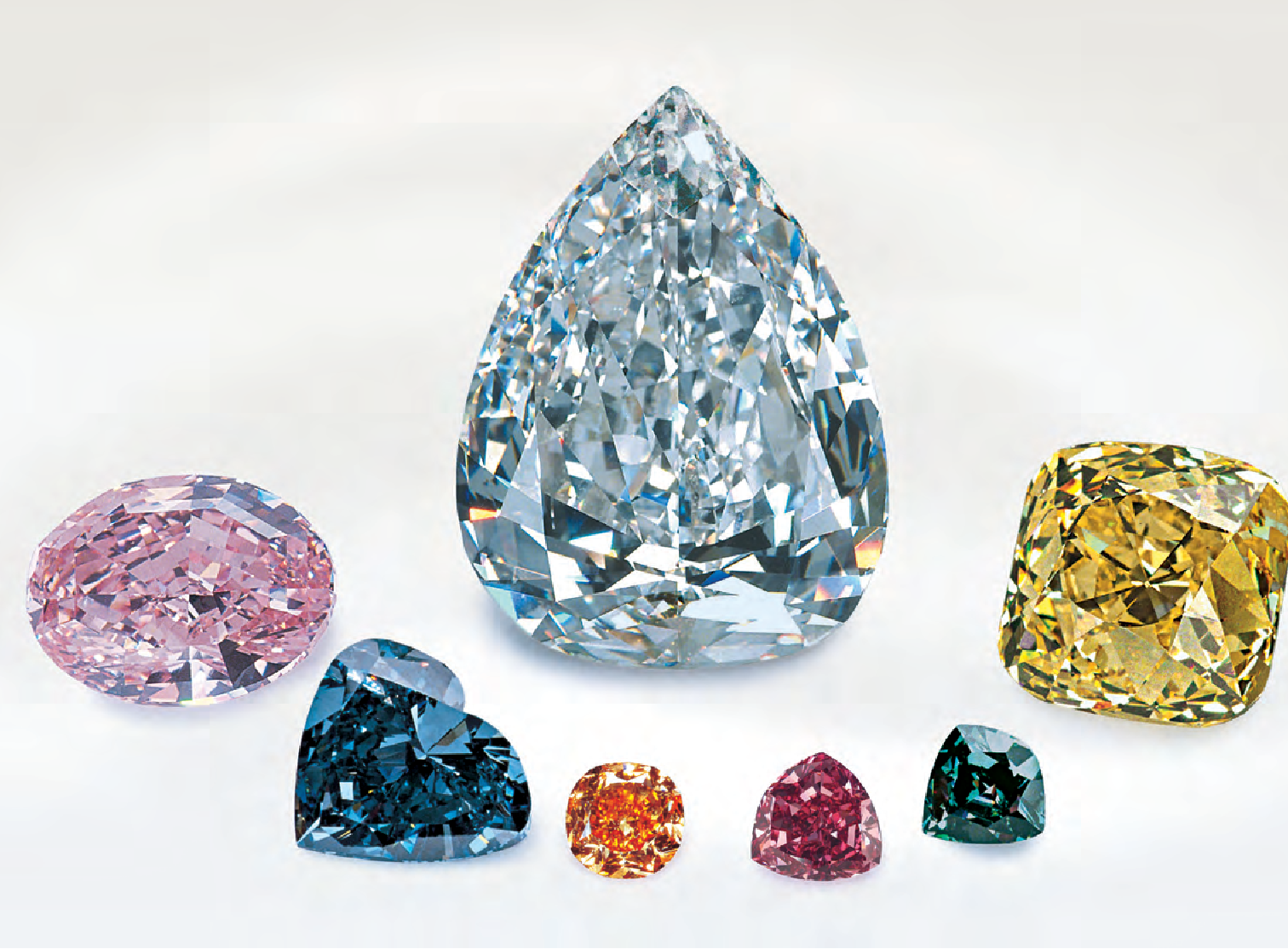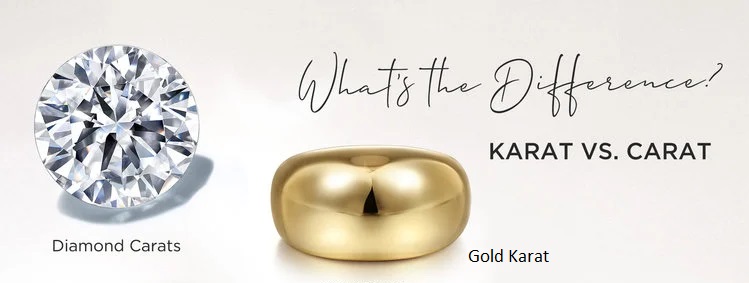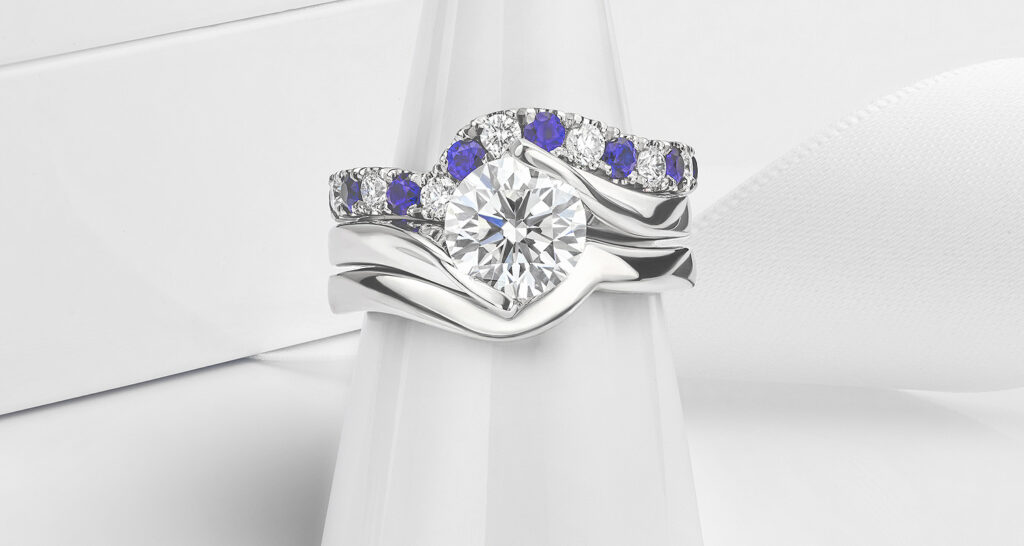The 4 Cs Of Diamonds: Why Is Carat Weight so Important?The 4 Cs Of Diamonds: Why Is Carat Weight so Important?
Within the intricate world of diamonds, the 4 Cs – cut, color, clarity, and carat weight – serve as the fundamental pillars for evaluating a diamond’s quality and value. Among these, carat weight, representing the measure of a diamond’s mass, holds a paramount position. Delving into the intricacies of this vital aspect of diamond evaluation not only deepens our appreciation for these precious gemstones but also provides crucial insights into their allure and investment potential. Let us embark on an insightful journey to unravel the significance of carat weight in the realm of diamonds.
How Carat Weight Affects a Diamond’s Value:
Carat weight significantly influences a diamond’s value, with higher carat weights generally commanding a premium due to their relative rarity and desirability. As the carat weight increases, the size of the diamond also escalates, making larger diamonds relatively scarce in the market. This rarity factor, coupled with the enduring perception that larger diamonds signify prestige and luxury, contributes to their elevated market price.
The Brief History of Diamond Carat:
The history of the diamond carat, a fundamental unit for measuring the weight of diamonds, is steeped in centuries-old traditions and cultural evolution. The term ‘carat’ finds its roots in ancient civilizations, where various seeds and stones were used as reference points for measuring the weight of precious gemstones, including diamonds. The journey of the diamond carat unfolds through a series of historical milestones, each contributing to the refinement and standardization of this essential metric in the world of gemstones.
Early Origins:
The origins of the carat can be traced back to ancient civilizations, where the seeds of the carob tree were utilized as counterweights in market transactions and trade. These seeds, known for their uniform weight and consistency, were employed as a reference point for measuring the mass of valuable commodities, including gemstones. Over time, the carob seed emerged as a standardized unit for measuring the weight of precious stones, laying the foundation for the development of the diamond carat.
Historical Significance:
The use of the carat in the context of gemstones gained prominence in the ancient trade routes of the Mediterranean and the Middle East. Merchants and traders relied on the carat as a reliable measure for assessing the value of gemstones, including diamonds, facilitating transparent and standardized transactions. The consistent use of the carat in various trade networks underscored its universal acceptance as a crucial metric in the evaluation of gemstone weight and value.
Evolution and Standardization:
With the advancement of global trade and the emergence of gemstone markets in different regions, the need for a standardized system for measuring the weight of diamonds became increasingly apparent. To address this demand, the carat evolved into a standardized unit of measurement, with one carat equating to 0.2 grams or 200 milligrams. This standardized system facilitated transparent transactions and streamlined the evaluation process for diamonds, providing a universal benchmark for assessing their weight and value in the international market.
Contemporary Significance:
In the contemporary diamond industry, the carat remains an indispensable metric for assessing the weight and value of diamonds, serving as a foundational component of the renowned 4 Cs (Cut, Color, Clarity, and Carat) used for diamond evaluation. The universal acceptance of the carat as a standard unit of measurement underscores its enduring significance in the realm of gemstones, cementing its position as an indispensable tool for gemologists, jewelers, and diamond enthusiasts worldwide.
The rich history of the diamond carat reflects its enduring legacy as a symbol of precision, transparency, and authenticity in the evaluation and trade of precious gemstones. Its journey from ancient civilizations to modern-day gemological practices exemplifies the timeless significance of this intricate metric, underscoring its role as a cornerstone of the global diamond industry.
5 Things to Know About Carat:
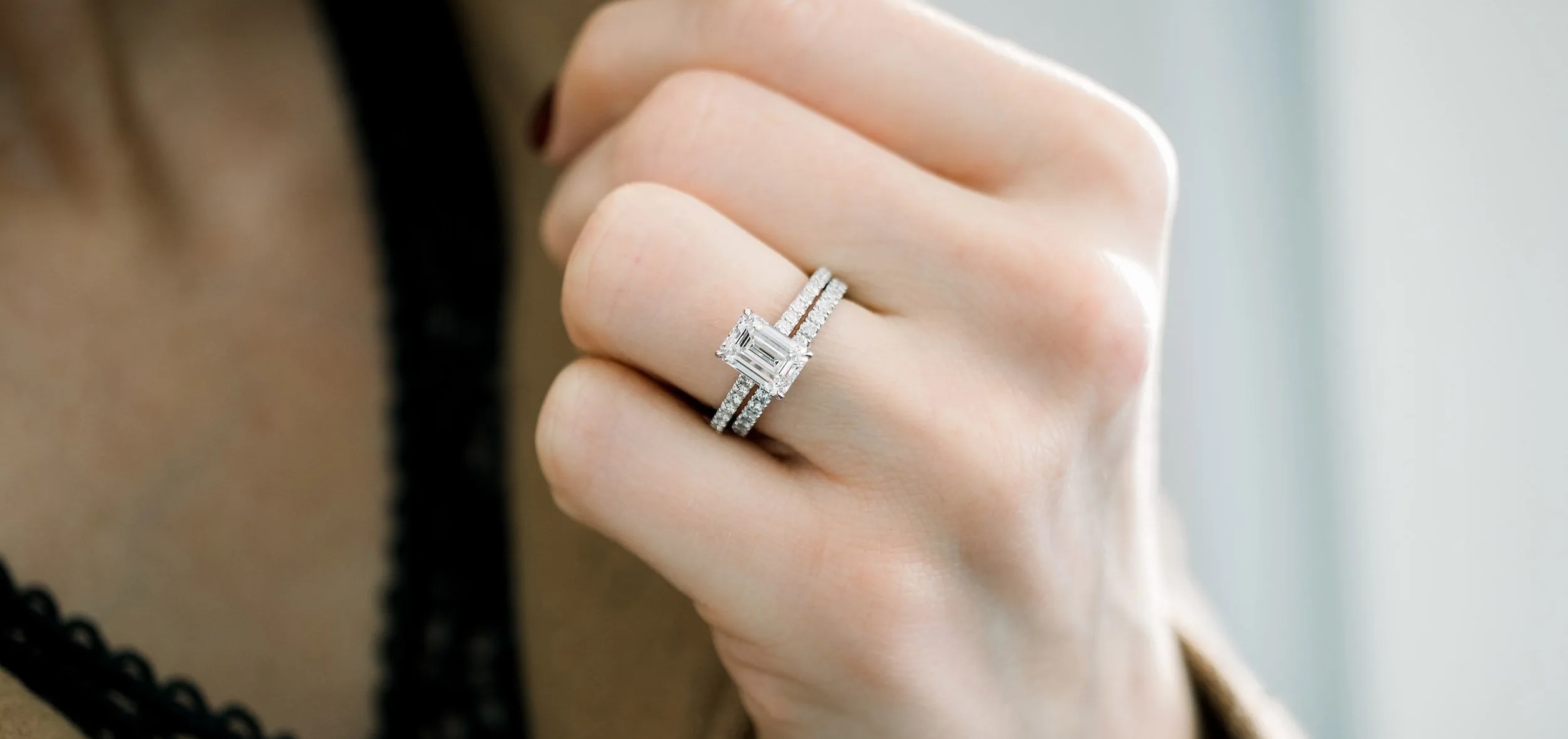
- Measurement Precision: Carat weight is measured with meticulous precision using specialized scales calibrated to discern the subtlest weight differentials.
- Size Perception: While carat weight correlates with the size of the diamond, factors such as cut and proportions also influence how large a diamond appears to the naked eye.
- Quality Balance: In diamond evaluation, it is crucial to strike a balance between carat weight and other critical factors, including cut, color, and clarity, to determine the overall quality and value of the stone.
- Market Dynamics: The market demand for diamonds of varying carat weights fluctuates based on trends, societal preferences, and cultural influences, shaping the dynamics of the diamond trade.
- Investment Potential: Larger diamonds with higher carat weights often represent sound investment assets, appreciated for their rarity, enduring value, and potential for long-term appreciation in the market.
How Big Do Diamonds Appear at Different Carat Weights:
The perceived size of diamonds varies significantly based on their carat weights and the way they are cut. While carat weight directly influences a diamond’s mass, factors such as shape, cut, and proportions play a crucial role in determining how large the diamond appears. Understanding how diamonds appear at different carat weights involves considering these key factors:
- Shape and Cut: The shape and cut of a diamond significantly impact its perceived size. Diamonds with certain cuts, such as the round brilliant cut or oval cut, are known to maximize their visual size, making them appear larger than other shapes with similar carat weights. Well-proportioned diamonds with excellent cuts reflect light more effectively, enhancing their brilliance and creating the illusion of a larger size.
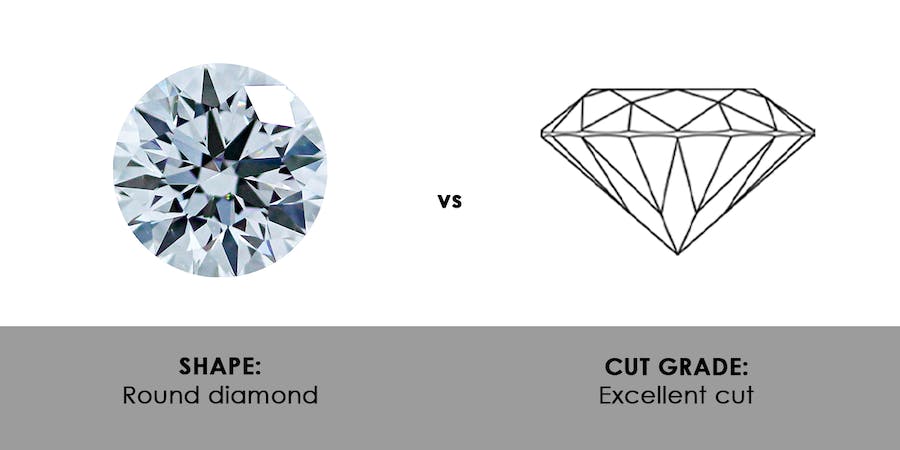
- Proportions and Dimensions: Diamonds with optimal proportions and well-balanced dimensions tend to appear larger, even at lower carat weights. The way light interacts with the diamond’s facets and the symmetry of its proportions contribute to its visual appeal, creating the impression of a more substantial stone compared to diamonds with similar carat weights but different proportions.
- Setting and Mounting: The type of setting and mounting used in jewelry can affect the perceived size of a diamond. Certain settings, such as halo settings or pavé settings, create an illusion of additional size and brilliance, making the center diamond appear larger than its actual carat weight. Strategic placement within the setting can further enhance the diamond’s perceived size and overall visual impact.
- Personal Perception: Individual perception also plays a significant role in how one assesses the size of a diamond. Personal preferences, experiences, and expectations can influence how a person perceives the size of a diamond, making the assessment of a diamond’s size a subjective and personalized experience.
Conclusion
While carat weight provides a standardized measure of a diamond’s mass, the perceived size of a diamond can vary based on the interplay of multiple factors, including shape, cut, proportions, setting, and individual perception. The intricate relationship between these elements underscores the importance of considering various factors when evaluating and selecting a diamond, ensuring that the chosen stone aligns with personal preferences and desired aesthetic appeal.…
